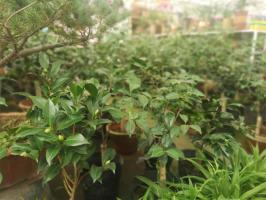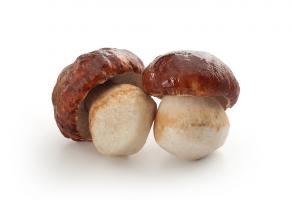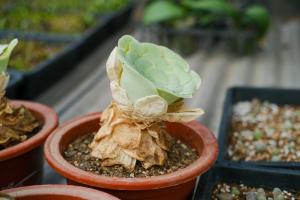Can Peat Pots be Planted in the Ground?
Peat pots are biodegradable containers made from compressed peat moss. They are a popular alternative to plastic pots because they eliminate the need for transplanting seedlings. Instead, the entire container can be planted directly into the ground, reducing root disturbance and facilitating quicker establishment. In this article, we will explore whether peat pots can be planted in the ground and the benefits and drawbacks of doing so.
The Benefits of Planting Peat Pots in the Ground
The primary benefit of planting peat pots in the ground is that they break down and decompose naturally, leaving no waste. This makes them an eco-friendly choice for gardeners who want to reduce their environmental impact. Additionally, peat pots provide a protective barrier around the root ball of young plants, helping to retain moisture and protect against pests and disease. This ultimately leads to healthier plants with stronger root systems and higher survival rates.
Another advantage of peat pots is that they offer an easy and convenient way to transplant seedlings. Instead of having to dig up the tiny root systems of young plants and transfer them to new pots, the entire peat pot can be placed directly into the ground. This saves time and reduces the stress on the plants, which can lead to faster growth and better yields.
The Drawbacks of Planting Peat Pots in the Ground
While there are many benefits to planting peat pots in the ground, there are also a few potential drawbacks to consider. The first is that peat pots can take a long time to decompose, which can limit their benefits to the soil. Some types of peat pots can take up to two years to break down completely, which means they may not release nutrients quickly enough to be beneficial to the plants growing in the soil.
Another potential issue is that peat pots can be difficult to remove from the root systems of established plants. The pots may not completely break down as required, causing them to interfere with the root mass of the plants. This can lead to reduced growth and lower yields, which can be frustrating for gardeners who are looking to maximize their harvest.
Conclusion
In conclusion, peat pots can be planted in the ground in most situations. However, it is important to be aware of the potential drawbacks associated with using them. While they are an eco-friendly and convenient alternative to plastic pots, they may not always provide the same benefits to the soil and the plants growing in it. Therefore, gardeners should carefully consider the pros and cons of using peat pots and make the best decision for their specific needs.

 how many times do yo...
how many times do yo... how many planted tre...
how many planted tre... how many pine trees ...
how many pine trees ... how many pecan trees...
how many pecan trees... how many plants comp...
how many plants comp... how many plants can ...
how many plants can ... how many plants and ...
how many plants and ... how many pepper plan...
how many pepper plan...






























